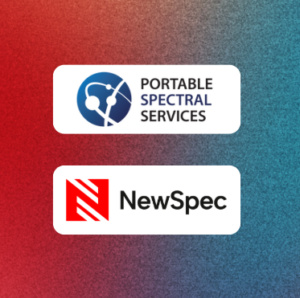
A Bright Future Ahead
Portable Spectral Services Announces Exciting Management Transition
Single use paper cups are a common part of our day to day lives, with an estimated 1 billion being used in Australia every year[1]. They may look recyclable, as they are made of paper, but many are lined with plastic to keep the cup from going soggy (Fig. 1). The plastic lining prevents them from being recycled, and as a result around 90% of these single use cups end up in land fill every year[1].
With increasing public awareness on the importance of recycling, biodegradable alternatives to the traditional plastics used in everyday life are becoming more prevalent. While most single use paper cups are still lined in polyethylene (plastic), biodegradable alternatives are starting to become more common in our local coffee shops.
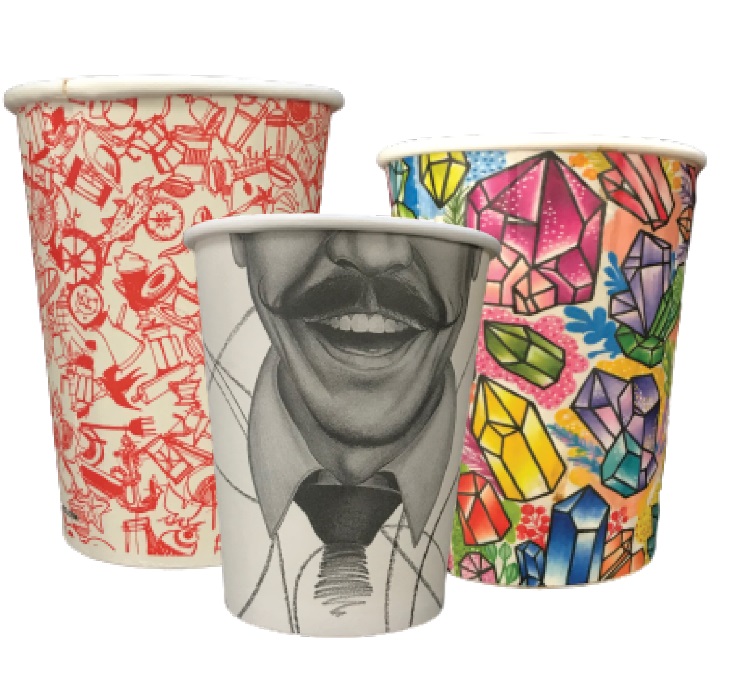
Figure 1. Single use paper cups.
Polyethylene is a nonbiodegradable plastic. Polyethylene is one of the most used plastics in the world today[2].
Polylactide is a biodegradable biopolymer made from corn starch. Given its high abundance and low cost, it is one of the more popular bio alternatives to plastics[3].
To confirm whether the single use paper cups have correct labels on whether they are recyclable or not, Portable Spectral Services analysed eight single use paper cups from local coffee shops using FTIR spectroscopy to determine whether a plastic or biodegradable polylactide lining was being used.
FTIR stands for Fourier Transform InfraRed (Fig. 2) and is a commonly used spectroscopic technique for molecular analysis. The technique works by infrared light being either absorbed or transmitted by the molecular bonds in a material4. This process produces a spectrum with signals that are characteristic of the bond vibrational energies for a particular chemical structure. This generates a fingerprint spectrum that allows for material identification.
The cup linings were analysed using the Bruker ALPHA II benchtop FTIR instrument. This method generated a characteristic absorbance spectrum in approximately 30 seconds for each sample. The cup lining material was identified by spectral matching, using a comprehensive reference library of organic compounds (Table 1). Three of the cup linings were identified as biodegradable polylactide (Fig. 3), while the remaining five were identified as polyethylene (Fig. 4). Therefore, correct labelling had been used and all cups that were identified as biodegradable had the correct polylactide lining. The use of biodegradable linings does not impact the quality of the cup or the drink within, and so the ability to substitute a non-recyclable plastic for a more environmentally friendly biodegradable material is a great alterative option.
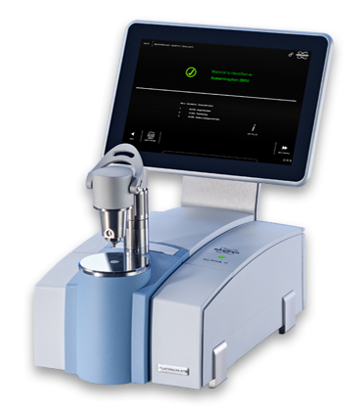
Figure 2. Bruker ALPHA II benchtop FTIR with ATR sampling module.
Table 1. Cup lining material identified by ATR-FTIR spectral matching.
Sample | Cup Lining | Biodegradable? | Labelled biodegradable |
Cup 1 | Poly(lactide) | Yes | Yes |
Cup 2 | Poly(ethylene) | No | No |
Cup 3 | Poly(lactide) | Yes | Yes |
Cup 4 | Poly(ethylene) | No | No |
Cup 5 | Poly(ethylene) | No | No |
Cup 6 | Poly(ethylene) | No | No |
Cup 7 | Poly(ethylene) | No | No |
Cup 8 | Poly(lactide) | Yes | Yes |

Figure 3. Spectral match of cup 1 lining spectrum (red) to polylactide reference spectrum (blue).

Figure 4. Spectral match of cup 2 lining spectrum (red) to polyethylene reference spectrum (blue).
[1] Clean Up Australia. (2020). Hot beverage cups. Retrieved from https://www.cleanup.org.au/single-use-coffee-cups
[2] Geyer, R., Jambeck, J. R., & Law, K. L. (2017). Production, use, and fate of all plastics ever made. Science advances, 3(7), e1700782.
[3] Deshmukh, K., Ahamed, M. B., Deshmukh, R. R., Pasha, S. K., Bhagat, P. R., & Chidambaram, K. (2017). Biopolymer composites with high dielectric performance: interface engineering. In Biopolymer composites in electronics (pp. 27-128). Elsevier.
[4] Colthup, N., Daly, L., & Wiberley, S. (2012). Introduction to infrared and Raman spectroscopy, 3rd edn, New York: Academic Press.

Portable Spectral Services Announces Exciting Management Transition
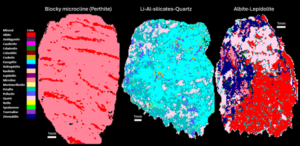
Our tool introduces uXRF (micro-X-ray fluorescence) scanning technology to RC chip analysis, enabling rapid, non-destructive, and quantitative analysis of major, minor, and trace mineral phases.
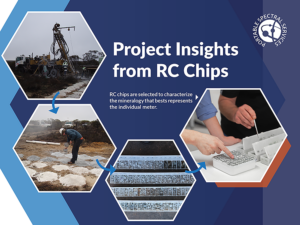
Automated micro-X-ray fluorescence (micro XRF) technology emerges as a powerful tool to rapidly and accurately capture the mineralogy of rock chip, RC and AC samples.

Findings of an ongoing regional evaluation study over concealed Proterozoic lithologies known to host magmatic nickel sulphides with potential to host other base-metal, gold and rare earth elements (“REE”) systems within the Fraser Range, Western Australia.
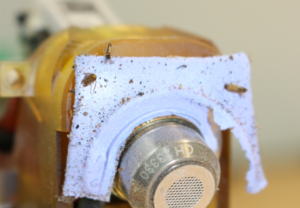
Findings of an ongoing regional evaluation study over concealed Proterozoic lithologies known to host magmatic nickel sulphides with potential to host other base-metal, gold and rare earth elements (“REE”) systems within the Fraser Range, Western Australia.
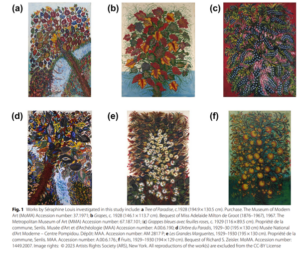
Findings of an ongoing regional evaluation study over concealed Proterozoic lithologies known to host magmatic nickel sulphides with potential to host other base-metal, gold and rare earth elements (“REE”) systems within the Fraser Range, Western Australia.
